Age-Appropriate Discipline Chart: Practical Guide
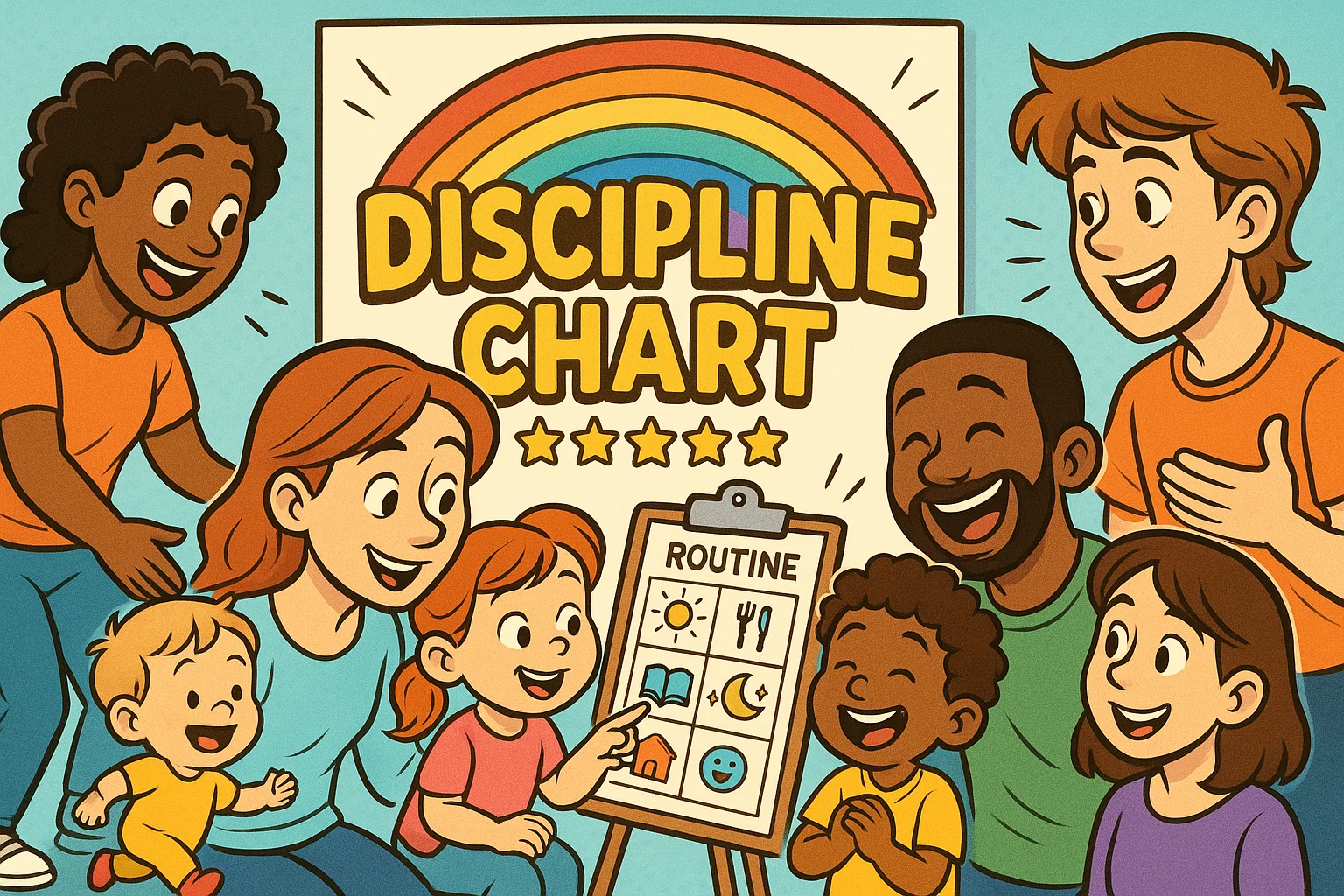
Disciplining your child effectively requires understanding their developmental stage and adjusting your approach accordingly. Research shows that children respond differently to discipline techniques based on their cognitive and emotional development, making age-appropriate strategies essential for success. This guide will show you how discipline helps children thrive at every age and stage.
Discipline Chart Basics
Effective discipline begins with a solid foundation. This section lays out the fundamental concepts of using an age-appropriate discipline chart, explaining why it’s a powerful tool for promoting positive behavior and understanding child’s behavior at various stages. It’s about being proactive and thoughtful, rather than reactive, in your parenting.
What Age-Appropriate Discipline Chart Is
An age-appropriate discipline chart serves as a roadmap for parents, outlining effective discipline strategies tailored to specific developmental stages. This systematic approach recognizes that a 2-year-old’s brain functions differently than a 10-year-old’s, requiring distinct methods to guide child’s behavior. Making a chart can be a helpful visual aid for parents. The chart considers factors like attention span, language comprehension, emotional regulation, and understanding of cause and effect. For instance, while a toddler may need immediate, simple consequences, a teenager can process delayed consequences and abstract concepts about responsibility.
Why Age-Specific Methods
Children’s brains develop progressively, with different regions maturing at various rates. The prefrontal cortex, responsible for executive functions like decision-making and impulse control, doesn’t fully develop until the mid-twenties. This biological reality means that discipline approaches must align with what children can actually understand and process at each stage. Understanding your child’s age and developmental capabilities helps parents set realistic expectations and choose strategies that actually work. Using age-inappropriate methods can lead to frustration for both parent and child. A time-out lasting 10 minutes may overwhelm a 3-year-old but prove ineffective for a 12-year-old. When you give your child discipline that fits their development, you foster better learning.
Discipline Chart Summary
| Age Group | Primary Focus | Key Strategies | Consequence Duration |
| 1-3 Years | Safety & Routine | Redirection, Natural Consequences | Immediate to 3 minutes |
| 4-5 Years | Rule Understanding | Logical Consequences, Choices | 4-5 minutes |
| 6-9 Years | Problem-Solving | Discussions, Privilege Loss | 6-9 minutes or task-based |
| 10-13 Years | Responsibility | Collaborative Solutions, Extended Consequences | Variable, age-appropriate |
| 14-18 Years | Independence | Natural Consequences, Mutual Respect | Real-world consequences |
Toddler Discipline (1-3 Years Old) 🧸
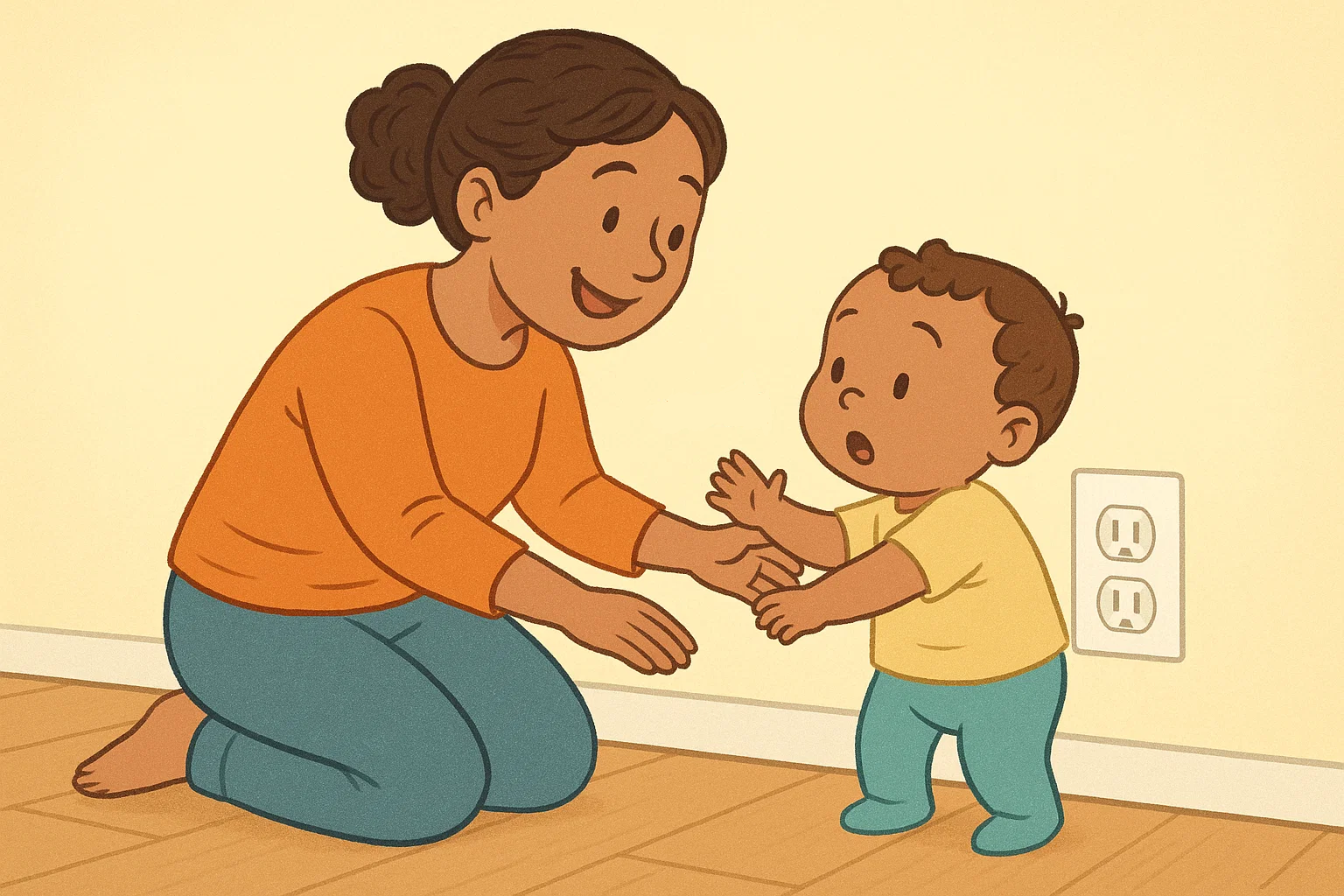
1-Year-Old Discipline Tactics
At this age and stage, discipline focuses primarily on safety and establishing routines. One-year-olds operate on immediate cause and effect, making redirection the most effective approach. When your child reaches for something dangerous, calmly remove them from the situation while explaining simply: “Hot stove. Ouch.” Kids this age respond best to simple, direct interventions. Natural consequences work well for this age group. If your toddler throws food, the natural consequence is that mealtime ends. This teaches cause and effect without creating a power struggle. Remember, children this age aren’t being defiant—they’re exploring their world and testing boundaries. Consistency becomes crucial at this stage. Responding the same way to similar behaviors helps establish clear and consistent expectations. Your 1-year-old may not understand complex rules, but they can begin to recognize patterns and routines.
2-Year-Old Discipline Tactics
The “terrible twos” reputation stems from significant developmental changes. Two-year-olds experience intense emotions but lack the language to express them effectively, often resulting in tantrum behavior. During a meltdown, your primary goal should be ensuring safety while remaining calm. Time-out can be introduced for 2-year-olds, following the “one minute per year of age” guideline. However, the focus should be on calming down rather than punishment. Create a designated quiet space where your child can regain composure. Stay nearby to offer comfort when they’re ready. Offering choices within boundaries helps prevent power struggles. Instead of demanding “Put on your shoes,” try “Would you like to put on your red shoes or blue shoes?” This approach helps discipline helps children feel a sense of control and encourages positive behavior.
3-Year-Old Discipline Tactics
Three-year-olds show improved language skills and better emotional regulation, allowing for more sophisticated discipline strategies. They can understand simple explanations about why certain behaviors are unacceptable and begin to grasp the concept of logical consequences. When disciplining a 3-year-old, explain the connection between their actions and consequences. If they refuse to clean up toys, the logical consequence might be that those toys get put away for the day. This helps them understand that their choices have direct results. Positive reinforcement becomes increasingly effective at this age. Praise specific positive behavior: “I noticed you shared your blocks with your sister. That was very kind.” This approach encourages repetition of desired behaviors while building self-esteem.
Preschooler Discipline (4-5 Years Old) 🎨
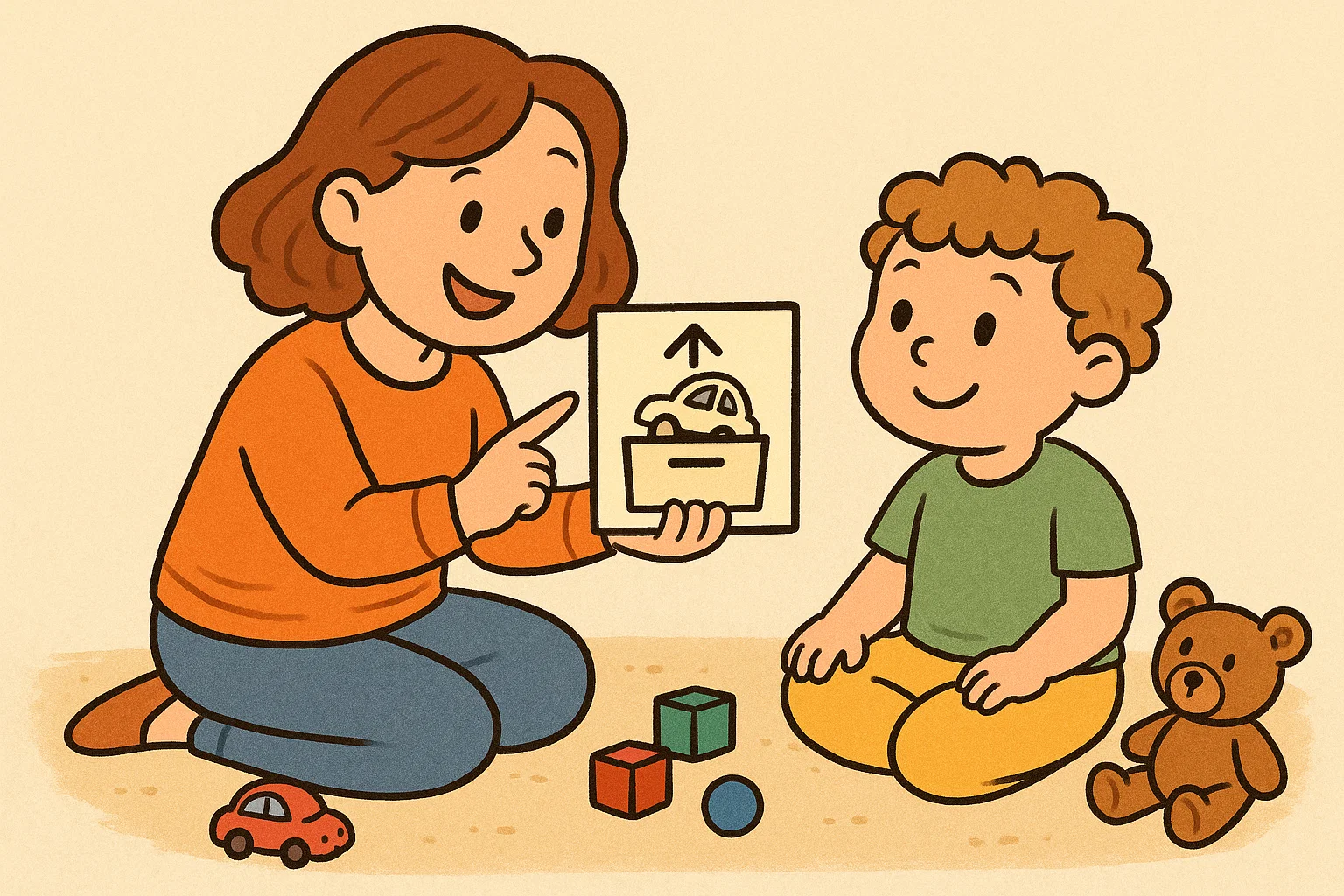
4-Year-Old Discipline Tactics
Four-year-olds can engage in more complex conversations about child’s behavior and consequences. They understand concepts like “if-then” statements and can anticipate results of their actions. This cognitive development allows for more collaborative discipline approaches. Preschoolers are ready for more reasoning. Problem-solving conversations become valuable tools. When your preschooler hits a sibling, sit down together and discuss what happened, how everyone felt, and what could be done differently next time. This teaches empathy while developing their problem-solving skills. Logical consequences should directly relate to the misbehavior. If your 4-year-old misuses art supplies, they lose access to them for a specific period. This connection helps them understand that privileges come with responsibilities.
5-Year-Old Discipline Tactics
Five-year-olds often show increased independence and can handle more responsibility. They can follow multi-step instructions and understand delayed consequences, opening up new discipline possibilities. Involve your 5-year-old in creating family rules and consequences. This collaborative approach increases their buy-in and helps them understand the reasoning behind expectations. They can suggest appropriate consequences together, often coming up with more creative solutions than parents might. Screen time boundaries become particularly important at this age. Many 5-year-olds struggle with transitions away from devices, making clear and consistent time limits and enforcement essential. Use visual timers to help them understand when screen time ends.
Early School Age Discipline (6-9 Years Old) 📚

6- to 7-Year-Old Discipline Tactics
School-age children face new social challenges and academic expectations. Their discipline needs shift toward developing social skills and personal responsibility. They can understand more complex cause-and-effect relationships and delayed gratification. For kids this age, explanations about child’s behavior can be more detailed. Natural consequences become more sophisticated. If your 7-year-old forgets their homework, let them experience the school consequence rather than rescuing them. This teaches accountability while allowing them to learn from mistakes. Focus on building internal motivation rather than relying solely on external rewards. Help your child understand how their actions affect others and develop empathy. Discuss how their child’s behavior impacts family harmony and friendships.
8- to 10-Year-Old Discipline Tactics
Children in this age and stage can engage in abstract thinking and understand complex social dynamics. They’re developing their own sense of fairness and justice, making collaborative problem-solving highly effective. When conflicts arise, involve your child in finding solutions. Ask questions like “What do you think would be a fair consequence?” or “How can we prevent this from happening again?” This approach helps you discuss consequences together and builds their critical thinking skills while maintaining your authority. Privilege systems work well for this age group. Link privileges like extended bedtime or special activities to clear and consistent good behavior. This helps them understand that freedom and responsibility go hand in hand.
Tween Discipline (10-13 Years Old) 🎯
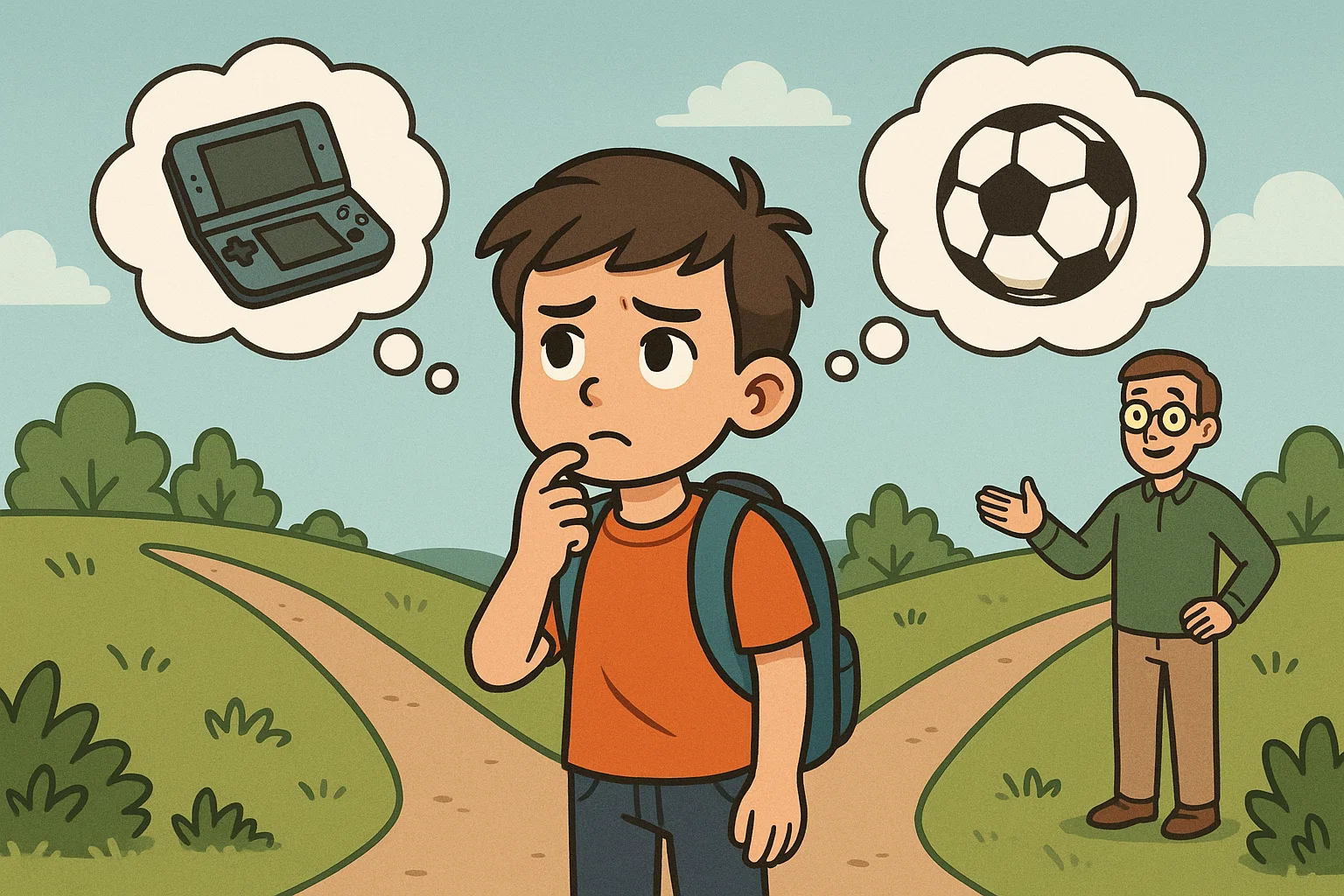
Tweens navigate significant physical, emotional, and social changes while developing their identity. They question authority more frequently and desire increased independence. Discipline strategies must balance guidance with respect for their growing autonomy. Collaborative rule-setting becomes essential. Involve your tween in family discussions about expectations and consequences. They’re more likely to follow rules they helped create and understand the reasoning behind them. This is an age and stage where discussing consequences together yields great results. Natural consequences take on greater importance as tweens face real-world situations. If your 12-year-old mismanages their allowance, let them experience the natural result of having no money for desired items. This teaches financial responsibility more effectively than lectures. When you give your child this experience, they truly learn. Address the underlying issues behind misbehavior. Often, tween acting out stems from stress, social pressures, or feeling misunderstood. Take time to understand what’s driving their child’s behavior before implementing consequences.
Teenager Discipline (13-18 Years Old) 🚗
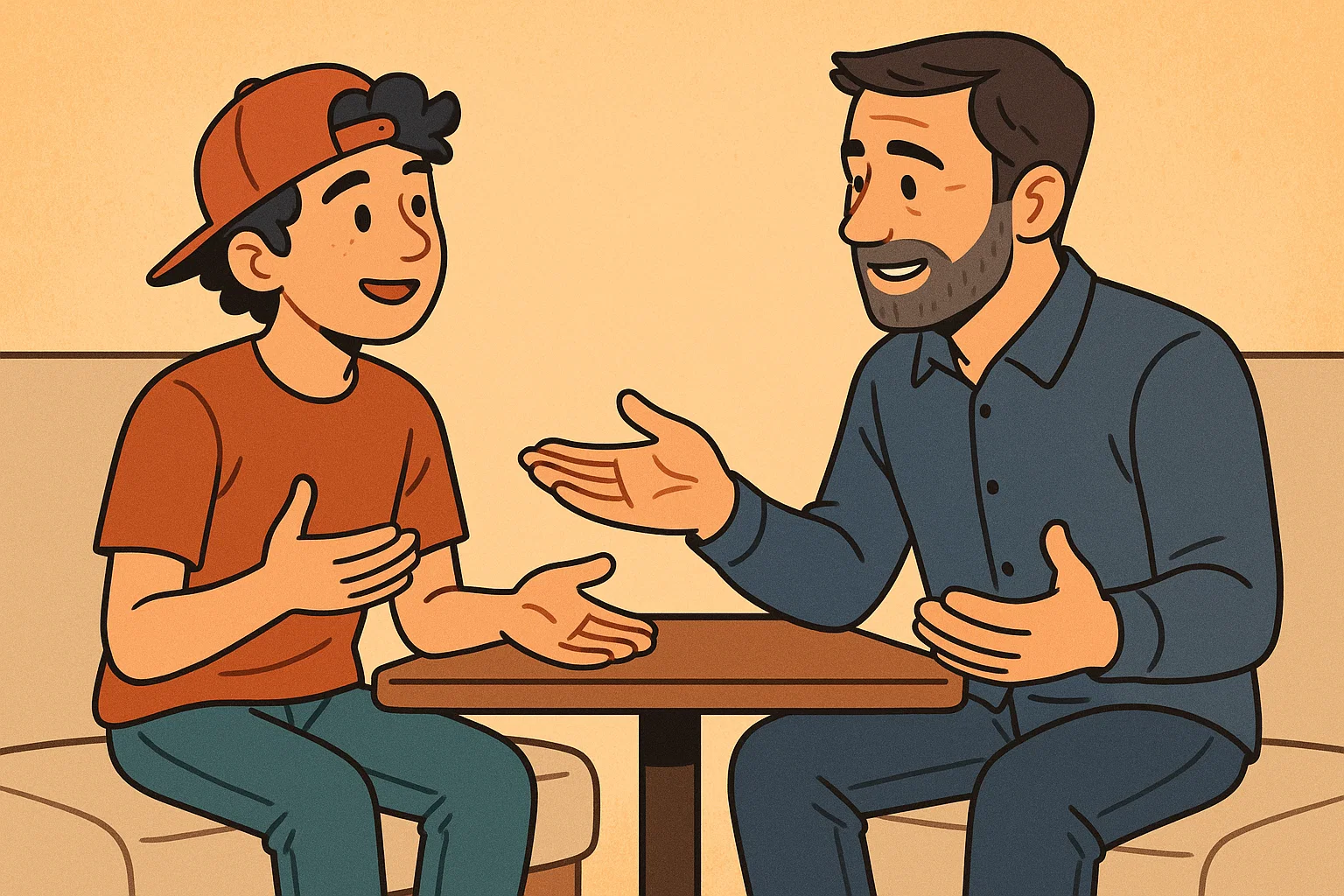
Teenagers require a fundamental shift in discipline approach. They’re developing adult-level reasoning capabilities while still learning impulse control. Effective discipline focuses on natural consequences and collaborative problem-solving. Curfew violations, for example, should result in logical consequences like earlier curfews or loss of car privileges. The key is ensuring consequences relate directly to the child’s behavior and allow for learning opportunities. You need to give your child the chance to learn from their choices. Maintain open communication channels. Teenagers are more likely to follow family rules when they feel heard and respected. Regular family meetings provide opportunities to discuss expectations and address concerns before they become major issues. Trust-building becomes crucial. Give your teenager opportunities to demonstrate responsibility, then adjust privileges based on their choices. This approach teaches that freedom comes with accountability and helps foster positive behavior.
Discipline Success Tips
Quick Tips for Discipline Success ✨
Keep your expectations reasonable for each developmental stage. A 4-year-old can’t sit still for an hour, and a 15-year-old won’t always make perfect decisions. Adjust your expectations based on your child’s age and capabilities. Consistency remains the key to effective discipline across all ages. Children need predictable responses to feel secure and understand boundaries. When parents respond differently to the same child’s behavior, children become confused about expectations. Stay calm during discipline moments. Your emotional regulation models age-appropriate behavior for your child. Take deep breaths, speak slowly, and focus on teaching rather than punishing.
Common Challenges Solutions
Power struggles often emerge when children feel their autonomy is threatened. Avoid these situations by offering choices within acceptable boundaries. This helps you give your child some control while maintaining your authority. Sibling conflicts require neutral intervention. Instead of determining who’s “right,” focus on teaching conflict resolution skills. Help children express their feelings and find mutually acceptable solutions, working on consequences together if appropriate. Attention-seeking child’s behavior often increases when children feel disconnected from parents. Increase positive attention through quality time and recognition of good behavior. This reduces the need for negative attention-seeking.
Adjusting Strategies Child Grows
Regular assessment of your discipline approach ensures it remains effective as your child develops. What worked last year may not work today as your child’s age and cognitive and emotional abilities advance. Notice changes in your child’s behavior response to current strategies. If time-outs no longer seem effective, it might be time to transition to logical consequences or problem-solving discussions. Flexibility in your approach demonstrates respect for your child’s growth. As they mature, involve them more in creating rules and consequences, gradually shifting from external control to internal motivation. This is part of how discipline helps children become self-sufficient.
Positive Discipline Focus
Positive Discipline Principles
Positive discipline emphasizes teaching age-appropriate behavior rather than simply punishing mistakes. This approach focuses on positive behavior by understanding the reasons behind misbehavior and addressing underlying needs. The foundation of positive discipline rests on mutual respect between parent and child. Children learn better when they feel valued and understood, even during correction. This doesn’t mean being permissive—boundaries remain essential. Connection before correction proves more effective than immediate consequences. When children feel understood, they’re more receptive to guidance and learning. Take time to acknowledge their feelings before addressing problematic child’s behavior.
Benefits Positive Discipline
Children develop stronger self-regulation skills and maintain better relationships with their parents. This framework clearly shows how discipline helps children grow into well-adjusted individuals. Self-esteem flourishes when children understand that mistakes are learning opportunities rather than character flaws. This mindset encourages them to take appropriate risks and develop resilience. Problem-solving skills develop naturally when children participate in finding solutions to behavioral issues. These skills transfer to academic and social situations, benefiting them throughout life. For kids this age, fostering these skills is paramount.
Comparison Traditional Methods
| Traditional Approach | Positive Discipline |
| Focuses on punishment | Focuses on teaching |
| Adult-imposed consequences | Collaborative problem-solving (consequences together) |
| Compliance through fear | Cooperation through understanding |
| Short-term child’s behavior change | Long-term skill development |
| Damages relationships | Strengthens connections |
FAQ
How long should time-outs last for different ages?
Follow the “one minute per year of age” guideline as a starting point. However, focus on the child’s emotional regulation rather than strict timing. The goal is helping them calm down and reflect, not enduring punishment. Always ensure the approach is age-appropriate.
What if my child doesn't respond to logical consequences?
Ensure consequences are truly logical and directly related to the child’s behavior. If your child still doesn’t respond, examine whether underlying needs (attention, power, belonging) aren’t being met. Sometimes behavioral issues signal deeper emotional needs. You might need to refine your making a chart strategy if it’s not working.
How do I handle discipline when co-parenting with different approaches?
Consistency between households helps, but children can adapt to different rules in different environments. Focus on maintaining your own clear and consistent approach while communicating respectfully with your co-parent about major discipline decisions.
When should I seek professional help for behavioral issues?
Consider professional support if behavioral problems persist despite consistent discipline efforts, if safety becomes a concern, or if your child shows signs of depression, anxiety, or other mental health challenges. Early intervention often prevents more serious issues, especially when considering the child’s age and development.
How do I discipline without damaging my relationship with my child?
Focus on separating the behavior from the child’s worth. Say “I love you, and this behavior is not acceptable” rather than “You’re being bad.” Maintain connection through the discipline process and follow up with affection once the issue is resolved. This helps discipline helps children grow while maintaining strong bonds.
